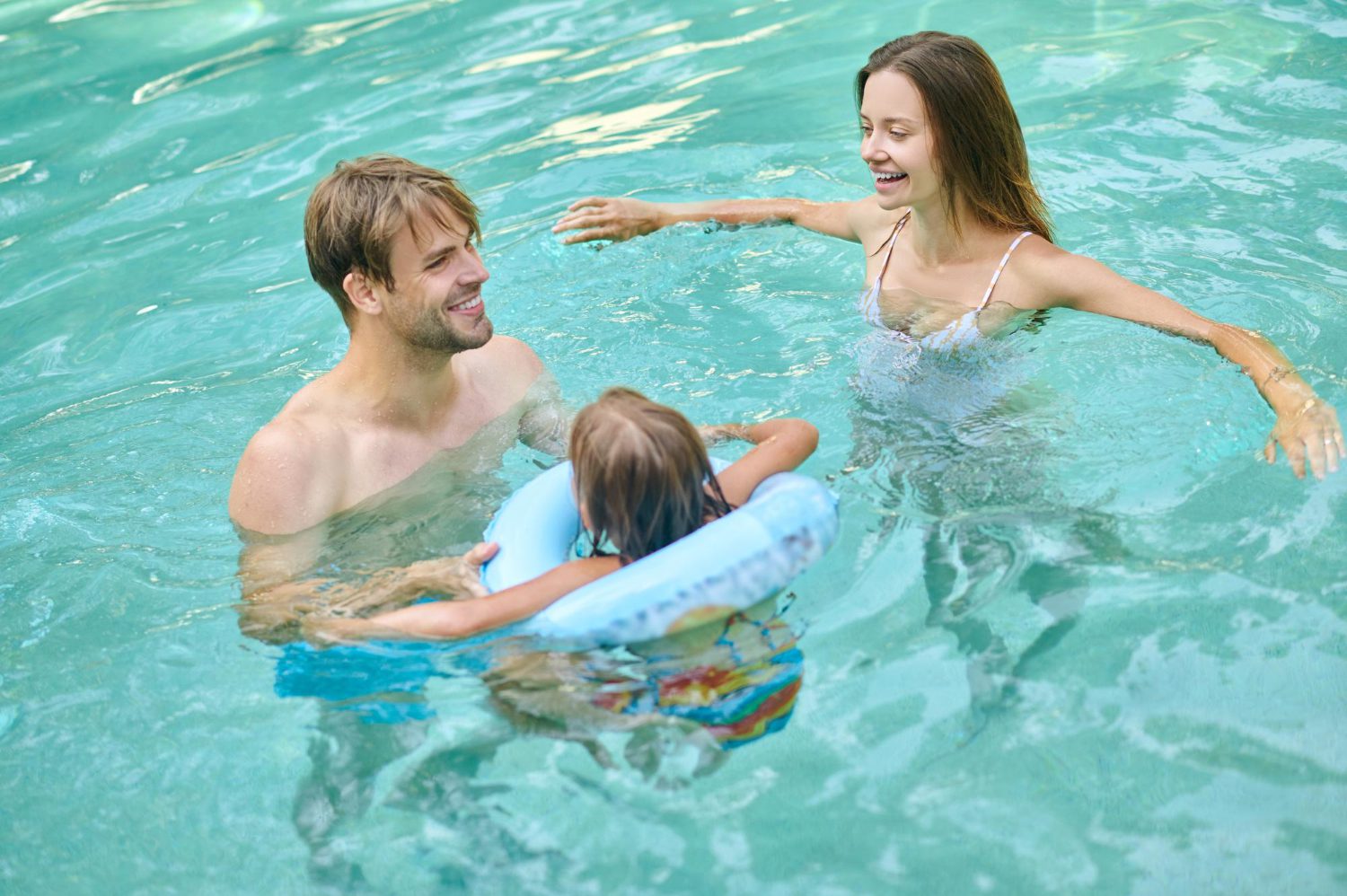
Introduction:
Introducing your child to the world of swimming is not just a valuable life skill but also a journey filled with fun, bonding, and important milestones. In this blog post, we’ll guide parents through the process of teaching their kids how to swim in a safe and enjoyable manner. Let’s make a splash together and create lasting memories in the pool!
**1. Start Early and Stay Consistent:
- Begin introducing your child to water at an early age. Consistency is key, so make regular trips to the pool or beach part of your routine. Familiarity with water from a young age helps build comfort and confidence.
- Activity: Baby Splash Time
-
- Gently introduce your baby to the sensation of water by splashing in a shallow kiddie pool. Support them with your hands and ensure a positive and enjoyable experience.
**2. Create a Safe Environment:
- Safety is paramount. Invest in proper swim gear like life jackets or floaties and ensure the swimming area is secure. Always supervise your child when they are in or around water, regardless of their swimming skill level.
- Activity: Floating Fun
-
- Teach your child to float on their back with the support of a floating device. This builds trust in the water and helps them understand the concept of buoyancy.
**3. Gradual Introduction to Submersion:
- Gradually introduce your child to submersion. Start with pouring water gently over their head during bath time and progress to brief, controlled submersions in the pool. Always follow their comfort level.
- Activity: Bubble Contest
-
- Make blowing bubbles a game. Encourage your child to blow bubbles in the water using a fun bubble wand or by simply exhaling underwater.
**4. Teach Basic Floating and Kicking Techniques:
- Begin with basic floating and kicking exercises. Support your child as they practice floating on their back and kicking their legs. These fundamental skills are the building blocks for swimming strokes.
- Activity: “Float Like a Star”
-
- Have your child lie on their back in the water, extending their arms and legs like a star. Support them as they float, fostering a sense of balance and buoyancy.
**5. Introduce Freestyle and Backstroke:
- Once your child is comfortable with basic skills, introduce simple freestyle and backstroke movements. Focus on proper arm and leg coordination and encourage them to practice these strokes with support.
- Activity: “Follow the Leader”
-
- Demonstrate the freestyle and backstroke movements and encourage your child to imitate you. This interactive game makes learning strokes more engaging.
**6. Celebrate Milestones and Provide Positive Reinforcement:
- Celebrate every milestone your child achieves in the water. Whether it’s floating independently or mastering a new stroke, positive reinforcement enhances their confidence and creates a positive association with swimming.
- Activity: Swimming Certificate
-
- Create a simple “Swimming Certificate” for your child to celebrate their achievements. This reinforces their progress and makes them excited about the next swimming adventure.
Conclusion:
Teaching your child how to swim is not just about the strokes; it’s about building a lifelong love for the water. By creating a safe and enjoyable environment, introducing essential skills gradually, and celebrating their achievements, you’ll not only nurture their swimming abilities but also create cherished family memories in the process. Dive into this parenting adventure, and watch as your child becomes a confident and happy swimmer!
